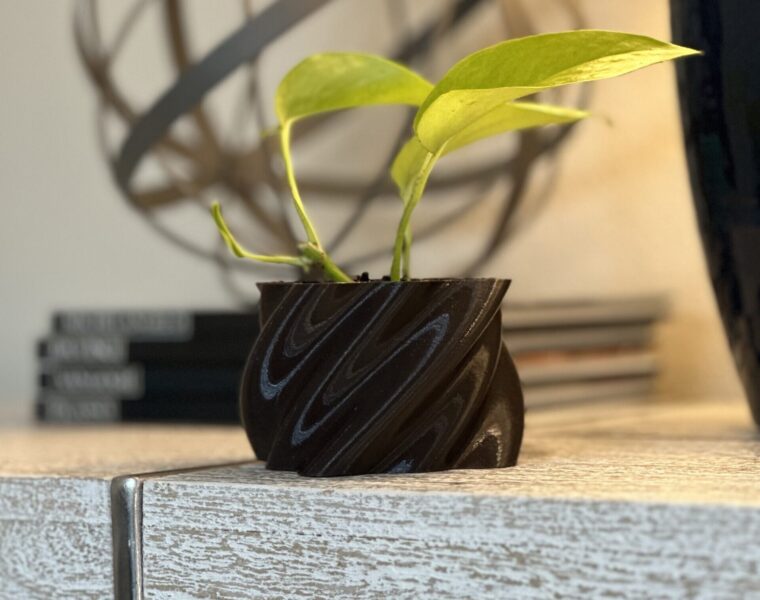Your indoor garden does more than just please the eye. It subtly crafts an environment of comfort and health around you, creating a unique houseplant microclimate. In the latest article in our wide ranging series (from the air quality impact of houseplants to mental health effects of indoor plants to your plants’ ability to help with noise absorption) on the science behind the benefits of having plants indoors, we turn to the role of plants in maintaining your home’s microclimate.
Plants and Indoor Climate Science
Understanding the houseplant microclimate requires a quick botany brush-up. Plants control humidity through a mechanism known as transpiration, where they release water into the surrounding air. Transpiration not only aids in raising the humidity levels but also contributes to a healthier atmosphere, especially in environments with dry air.
Additionally, plants have an unassuming influence on temperature. They offer shade and cool their surroundings via evapotranspiration. When water evaporates from the leaves during transpiration, it cools the nearby environment, effectively acting as a natural air conditioner.
Recent scientific research bolsters these claims, affirming that a strategically composed indoor garden can create a microclimate contributing to healthier and more comfortable living conditions
The Nitty-Gritty: Plants and Microclimate Regulation
The science of how plants regulate indoor climates is truly fascinating. Plants, being natural evaporative coolers, help maintain a consistent temperature. They absorb heat during the day and release it at night, reducing temperature fluctuations and thus helping to create a more stable indoor environment.
Moreover, through photosynthesis, plants absorb carbon dioxide and release oxygen, improving indoor air quality. When grouped together, they can effectively create a mini ecosystem, a houseplant microclimate, that contributes to humidity regulation, temperature stability, and better air quality.
That all being said, don’t rip out your central A/C just yet; these impacts are not sizable enough to compare with your air conditioning systems, but should help on the margins.
Practical Guide: Best Plants for Indoor Climate Control
Now that you understand the science let’s turn knowledge into action. Some houseplant champions in indoor climate control include:
- Spider Plant: This is a great choice for enhancing humidity, particularly in dry environments.
- Areca Palm: A natural air purifier, it also excels as a humidifier.
- Snake Plant (Sansevieria trifasciata)*: Perfect for a houseplant microclimate, it releases moisture and simultaneously purifies air.
Ensuring the right light, water, and soil conditions for each plant type will help them thrive and contribute effectively to your home’s microclimate.
Making the Most of Your Houseplant Microclimate
Our leafy friends do more than decorate our homes; they create houseplant microclimates that enhance our indoor living spaces. By serving as natural humidifiers and thermostats, they bring us aesthetic pleasure and tangible health benefits. It’s time to appreciate the wonders of the houseplant microclimate and fully harness the potential of our indoor green spaces.
